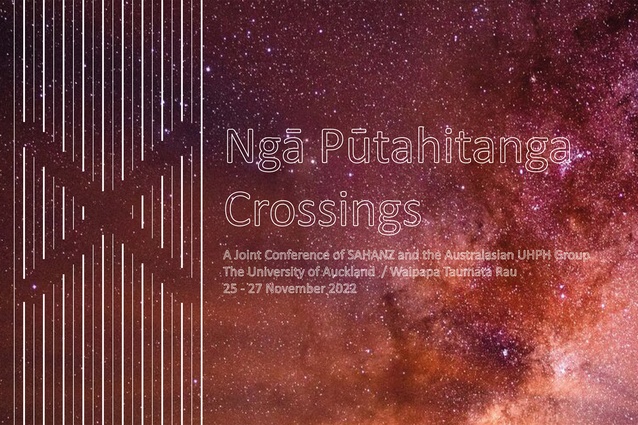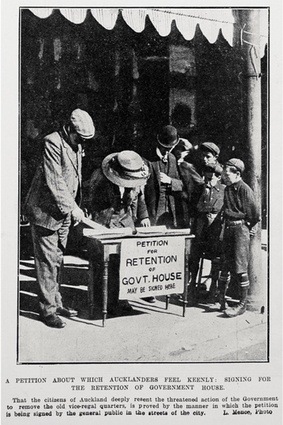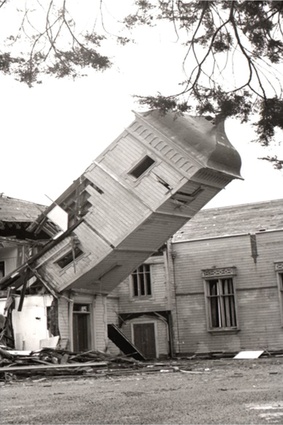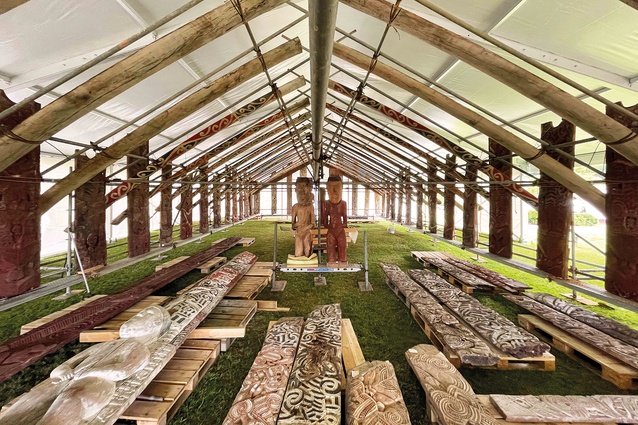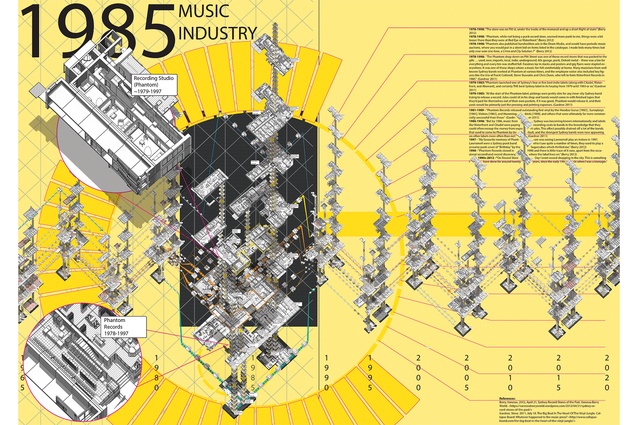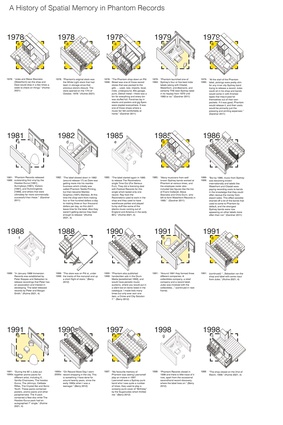Ngā Pūtahitanga/Crossings
Carolyn Hill reflects on the November 2022 conference that brought together over 100 built environment professionals to explore important topics within intersecting disciplines.
It isn’t easy to get a bunch of architects and planners together for a weekend of
collegial happiness, but SAHANZ (Society of Architectural Historians, Australia and New Zealand) and the Australian UHPH (Urban History/Planning History) Group made it happen with their conference, Ngā Pūtahitanga/Crossings, held in November 2022. The conference brought together more than 100 people from a range of built environment disciplines to explore the intersecting lineages of planning and architecture, urban design, heritage conservation and landscape.
It was hosted by the School of Architecture and Planning at Waipapa Taumata Rau
University of Auckland, and the convenors, Julia Gatley and Elizabeth Aitken Rose, wove a programme that critically delved into issues of class, ethnicity, gender, migration and inequality across a spectrum of scales and geographic territories.
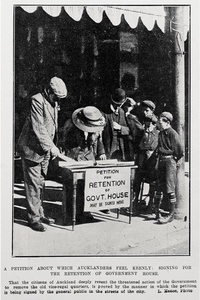
In welcoming delegates with a mihi whakatau, Geremy Hema described the concept of pūtahitanga as a convergence, a place of surging movement and contestability. Keynote speaker Ben Schrader built on this idea as he explored the story of historic preservation in Aotearoa. Beginning with New Zealand’s first forays into heritage recognition in the 1890s, Schrader discussed the cultural meanings layered onto historic environments as part of identity construction in settler colonial space. In emphasising the contested and mutable nature of heritage, Schrader set the scene for the conference: one which recognised the built environment as an intensely political and continually unfinished reality.
The conference talks were broken into three streams, creating the usual dilemma of session-ducking but allowing a great number of people to share their research. In the first session I attended, Sarah-Jane Zammit explored the mnemonic role of heritage in national identity-making as she explored Notre-Dame de Paris in relation to the literary work of Victor Hugo. Ryan Roark also delved into the relationships of texts to built form, examining the writings of John Ruskin and William Morris and questioning whether their “anti-scrape” glorifications of a singular past were early reactions to climate anxiety and a changing world.
Another series of talks scrutinised the morphology of city connections. Onur Tumturk and Ali Rad Yousefnia comparatively analysed laneways in Melbourne and Brisbane, showing the difficulties in artificially “fabricating” urban networks without sufficient spatial capital. Conrad Hamann and Ian Nazareth examined Melbourne’s suburban sprawl, not as inexorable concentric spread but as an emergence of nodal suburbs, each with its own agency and distinctiveness. Toshio Taguchi analysed an inner-city motorway project in 1960s Yokohama, Japan, and the power shifts between local and central government that determined its course. A common thread was the role of local agency and specificity in shaping the ever-shifting dynamics of urban form.
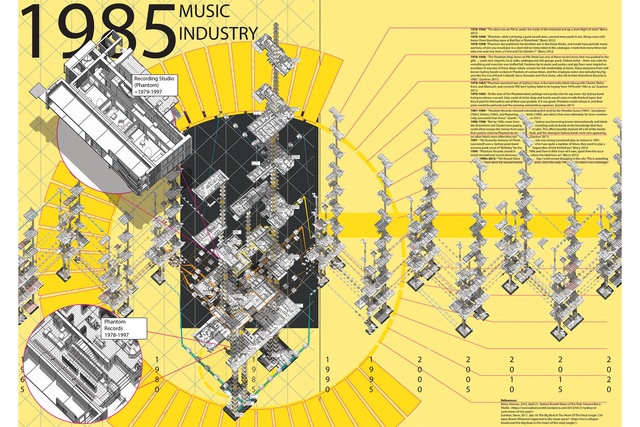
Nathan Etherington and Jasper Ludewig’s deep dive into Baker’s Australian County Atlas traced the deeply political and problematic role of architecture in enacting and justifying Aboriginal dispossession and state control through the 1840s, via legal codification of land parcel “improvements”. Their work was supported by Timothy O’Rourke’s analysis of 1970s town planning schemes in remote Aboriginal settlements. Amber Anahera Ruckes undertook a similarly deep analysis in an Aotearoa context, arguing that historical analysis should move from generic considerations of “Māori” architecture to a hapū-centric lens. Complemented by James Lesh’s analysis of the recent renaming of slavery-associated “Moreland” in Melbourne, this session’s papers called for further intersectional studies in planning and architecture in acknowledgement of their political and relational complexities.
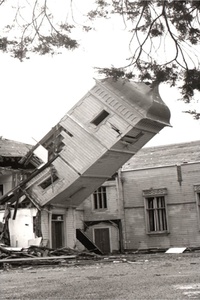
Further afield, Federica Pompejano, Mehdi Taheri and Robyn Christie each discussed issues of urban development and heritage in the 1970s and ’80s, focusing respectively on the New City of Kukës in Albania, the Persepolis Tent City of Iran and the historic core of the city of London. Peppered with stories both amusing and poignant, the three talks emphasised the power of the built environment in manifesting political ideology, but also its fragility in the face of contradicting objectives and power plays. The theme of ever-incomplete continued: the Kukës masterplan only ever partially built, the Tent City left to fall apart in political indecision and conflict, and architectural fashions continuing to jostle at London’s heart.
Reluctantly missing talks entitled ‘The Sniffling Snufflebuster’, ‘Is the Pointy Silhouette Enough?’ and ‘The Trouble with Harry’, I next attended a session specifically focused on things unfinished, imperfect, piecemeal. Jeffrey Tighe’s fascinating graphic analysis of an inner-city Sydney block explored the idea of “city incompletion” as a new paradigm for grappling with complex urban systems, a theme that tied with Hannah Hopewell’s discussion of Artweb, an Auckland urban pathway conception that was, perhaps inevitably, only partially realised.
Anthony Hōete and Bill McKay took ideas of incompleteness a step further, exploring the completely deconstructed wharenui Tānewhirinaki that was temporarily resurrected for a wānanga of Ngāti Ira o Waioweka. Reflecting on the erection of the ancient whakairo in a plastic-sheeted scaffold, Hōete and McKay questioned the limits of architectural and heritage constructs against upholding the living essence of a people. These themes were interestingly mirrored in intriguing talks on the role of drawing, monument and landscape by Luke Tipene (Australian Parliament House design competition), Xin Jin (Wang Shu’s oblique drawings) and Jie Zhu (urban sculptures in China), where “context” was recognised not as passive background but an interlocuter by which architecture comes into being.
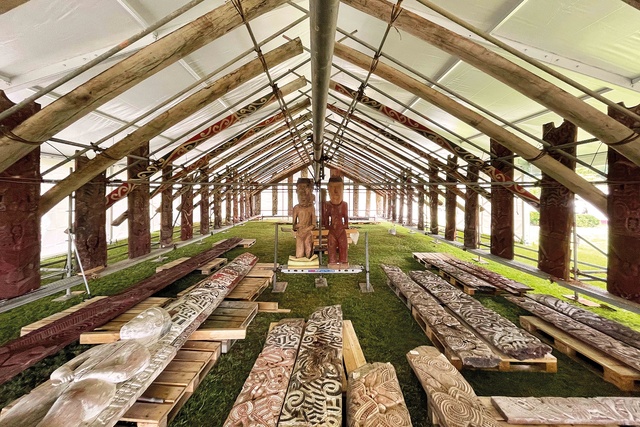
It seemed to surprise us all that Sunday morning’s sessions started at 9am sharp as per the rather unforgiving programme, and I was not the only sheepish latecomer for a day again shaped by discourses of politics and power. Stephanie Roland and Quentin Stevens’ analysis of two major commemorative sites in Windhoek, Namibia, illustrated urban conflicts in post-colonial nation-building. These themes continued in talks by Julia Gatley, who explored New Zealand’s evolving recognition of historic areas, and my own analysis of the city of Auckland’s “special character” areas and their problematic links with social and spatial inequity. Mirjana Lozanovska’s presentation on the village of Rosia Montana in Romania summed up the dilemmas well as she observed the inherent contradictions in planning regulations that seek to protect historic environments while, simultaneously, allowing development.
Converging lines come apart in the end and so it was with the walking tours that ended Ngā Pūtahitanga. While others laced up their hiking boots for a visit to Ihumātao, I was part of the group heading to Britomart, Auckland’s commercial and transportation hub on 1860s’ reclaimed land. We meandered down the hill in the rain and contemplated the meaning of heritage in a settler city as festive families waved wet flags at a soggy Christmas parade. Skipping off at the lunch break to join my whānau at the Santa selfie, I sprinted back to find I’d lost the group, and was left to vaguely wander the streets in a borrowed raincoat in vain hope of reconnection. Perhaps my sad end reflects the state of planning and architecture in our contemporary milieu – all the good will in the world, but lost in the immensity of endlessly unfinished ends.
References
1 GCW2, 6018frl, Nelson Provincial Museum.
2 AWNS-19100811-10-5, Auckland Public Libraries.

